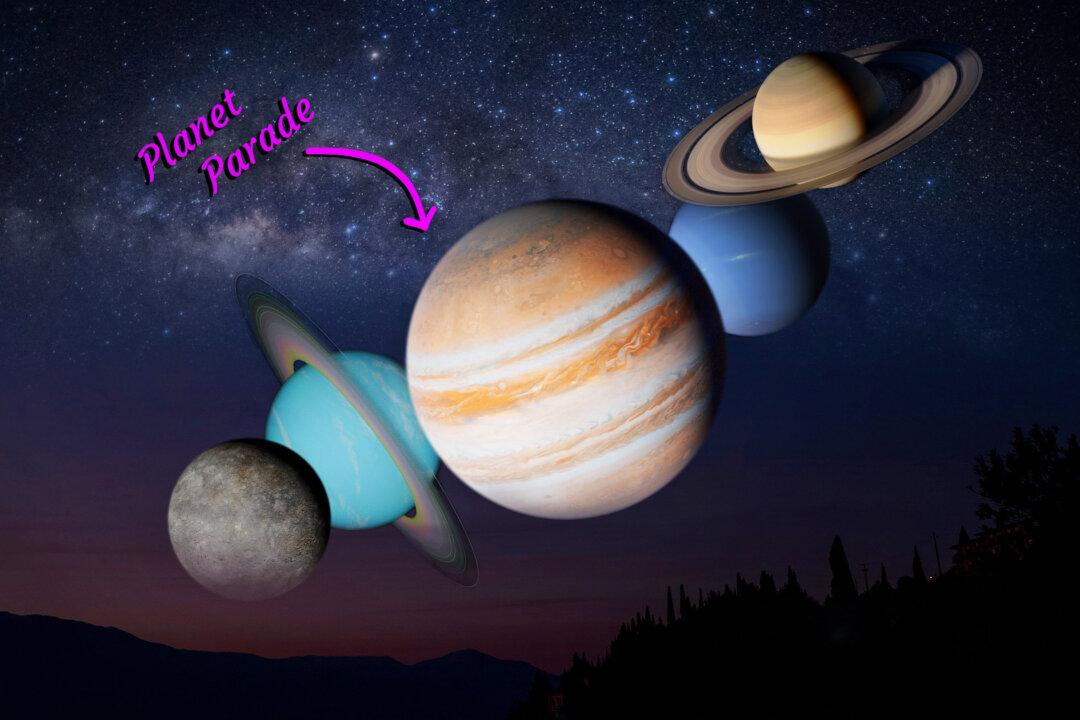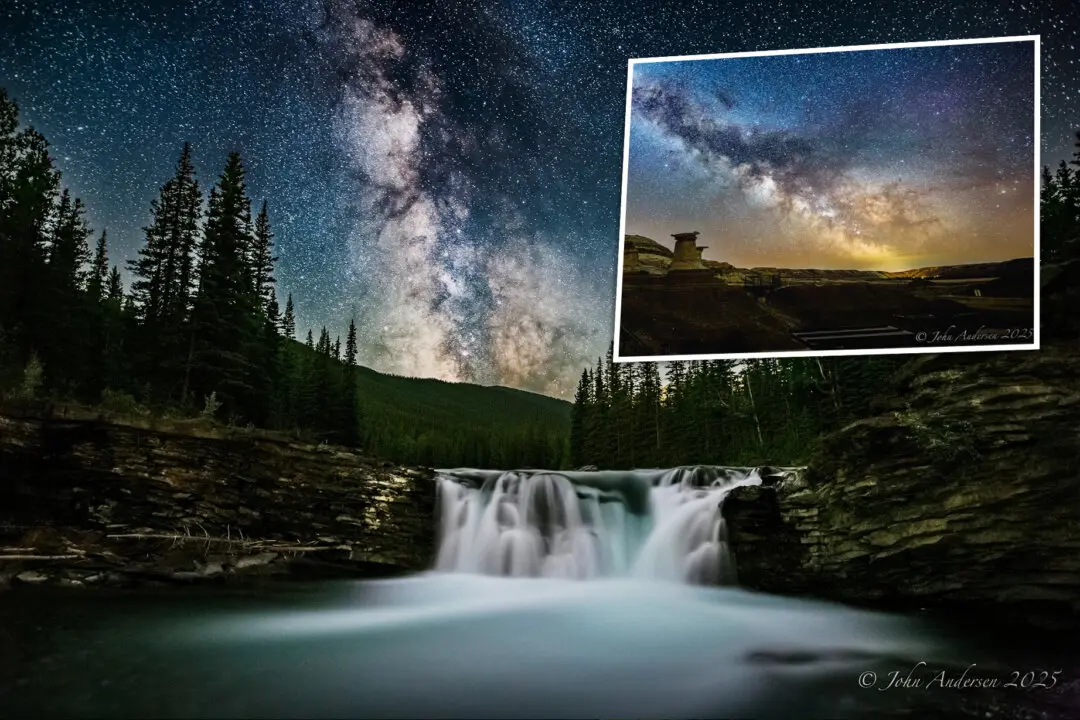Skywatchers can expect an extraordinary celestial show over the next 24 hours, and possibly longer, as five planets form a “planet parade” in the morning sky on June 17. Early risers gazing skyward in the northern hemisphere may observe a quintet of planets—Saturn, Neptune, Jupiter, Uranus, and Mercury—forming a somewhat ragged ascending arc across a 93-degree sector of pre-dawn sky.
To catch this heavenly procession of planets—“planetary alignment” is the technical term—viewers will need to rise at least an hour before sunrise. Ideally, spectators should find a vantage point shrouded in darkness with minimal or no light pollution; and, preferably, a clear horizon devoid of trees, buildings, or other vertical obstructions, as Mercury will linger low near the horizon. As the new moon falls on June 18, naturally dark conditions are favorable for planet spotting, though with summer solstice right on the brink, nights are nearing their shortest for the year.






